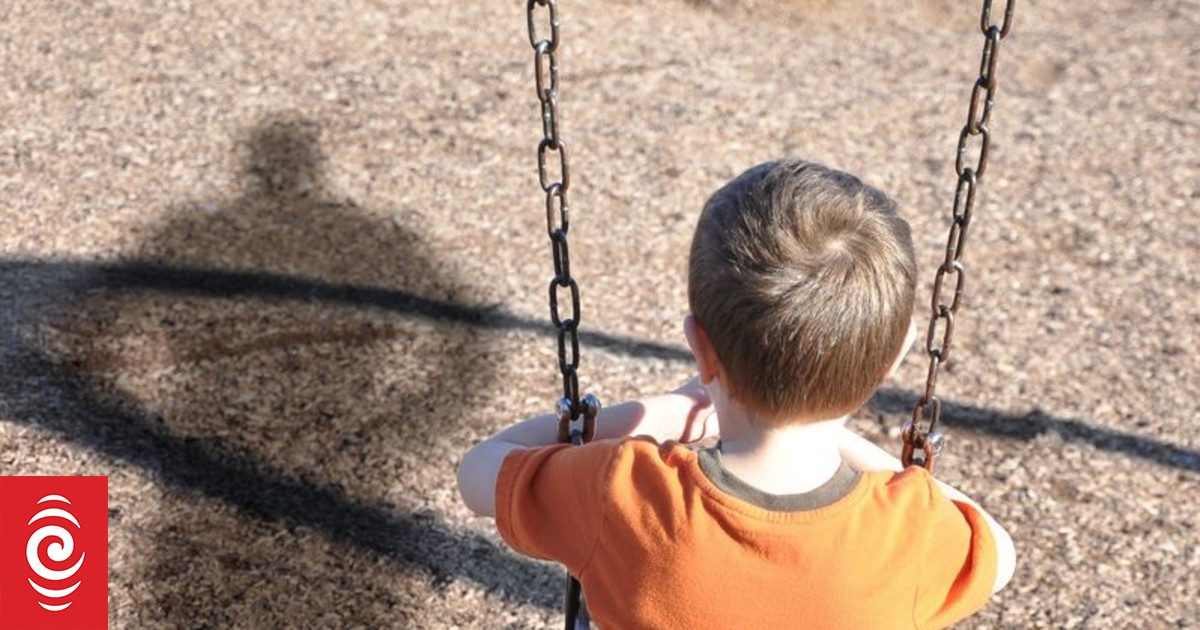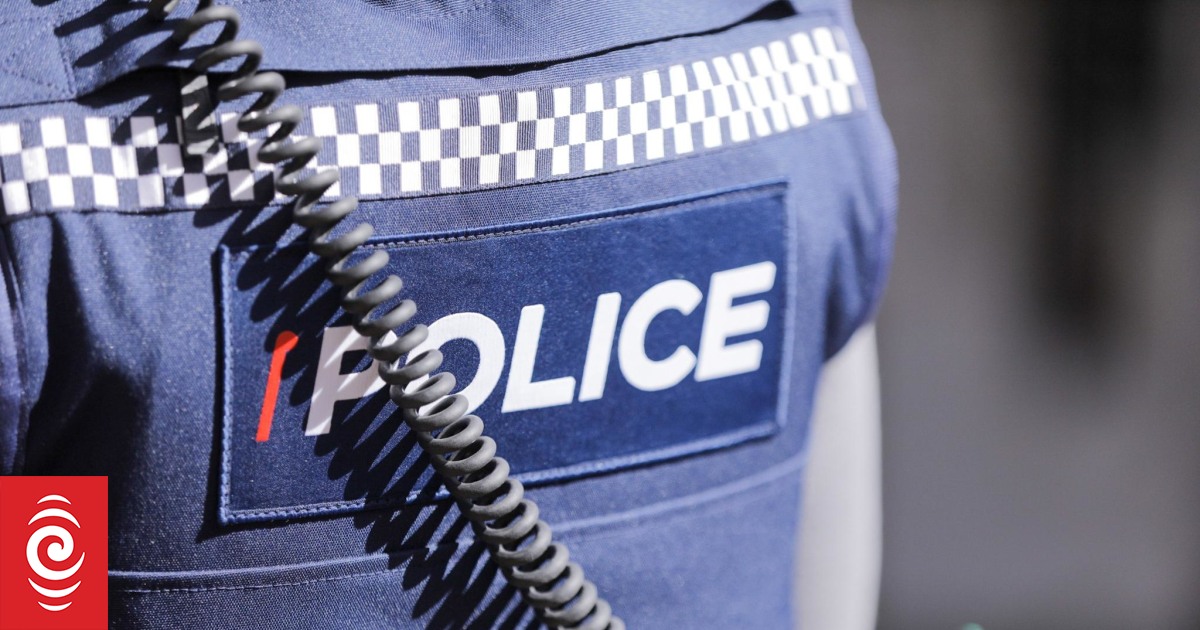The latest tree poisoning incident happened near the Stone Store in Kerikeri. Photo / Jenny Ling
Tree huggers look away now.
This story contains graphic details about trees being blatantly killed, slowly poisoned by deadly herbicides at the hands of humans for various “selfish” and “vindictive” reasons.
Maybe they don’t like
the species – it’s not native, they’ll proclaim – or they’re seeking revenge on their neighbours.
For many it’s for a better view and more sunlight.
Though the motivations vary, their modus operandi is virtually always identical; drilling holes at the base of the tree trunk and injecting lethal poison inside.
Of the seven reported cases of poisonings in Northland since 2018, most have been prompted by hopes of a better view and were poisoned on council or private land.
The recent poisoning of 50 gum trees was the only attack on Department of Conservation land carried out by a local man who believed he was doing the right thing by removing “pest trees” or non-indigenous trees.
DoC didn’t think so; he was fined $800.
Advertisement
Northland Treeworks general manager Ben Howell said tree poisonings happen “more often than you think.”
Howell said he and his team get asked “several times a year” to remove poisoned trees.
/cloudfront-ap-southeast-2.images.arcpublishing.com/nzme/ZZ6SH2QHCVBMTLAWTGNYPYZPXA.JPG)
“People have been killing wilding pines throughout the bush to try and get on top of the invasive species.
“In some situations, their attempts at doing good can be misguided.
“Then you get the out-and-out vindictive ones.
“People can’t come to an agreement with their neighbours or don’t bother seeking one.
“We see them poisoned for views and sunlight … drilling them and adding poison seems to be the preferred method.”
Howell said he also gets asked for advice from people who want to try and save the trees which have been attacked.
Advertisement
But being able to save them depended on how much damage had been done, and how healthy they were in the first place, he said.
Howell said though it’s not their job to find any perpetrators, “often if you stand at the tree and look around the property, you can get a good idea who stands to gain”.
“At the end of the day if you’re not the tree owner you shouldn’t be making a decision on other people’s trees.”
Apart from the mass Kerikeri poisoning, the two most recent cases have been in Kaipara.
/cloudfront-ap-southeast-2.images.arcpublishing.com/nzme/F435CJL55VDTLIXDIHOS63KWLM.JPG)
The latest victims, in June, were two pōhutukawa trees poisoned on private land on Heather St in Mangawhai Heads.
The other was in 2021 when two pōhutukawa trees were poisoned by vandals in Mangawhai.
Those trees – about 15 years old and growing on a council-owned coastal reserve – were found dying after multiple reports from concerned residents.
Kaipara District Council said the culprits have never been identified.
In both cases the trees were found to have holes drilled into the trunks and poison injected into the base.
The year 2019 was rife with poisonings in the Far North.
In January, Paihia couple Lisa Harris and Daniel Gonin returned to their Sullivans Rd home after a trip to Australia to find several trees on and around their property were dead or sickly.
A large banksia on council land at the corner of their driveway had died and it was only when an arborist found a series of small holes at the base of its trunk that they realised it had been poisoned.
The couple raced to check other ailing trees on their property and the death toll quickly climbed.
Another banksia, a large mānuka, and the tallest tree on the property were all found to have similar drill holes, and a number of smaller manuka were cut down.
In March, residents were outraged after a magnificent pōhutukawa was poisoned in Cable Bay.
Closer inspection revealed tiny holes drilled into the trunk, with residents surmising the “selfish” act occurred because the tree detracted from someone’s sea view.
Also in 2019, a grand Norfolk pine – used as a Christmas tree by generations of a Paihia family – was killed.
Yet again drill holes were found.
/cloudfront-ap-southeast-2.images.arcpublishing.com/nzme/OULIMFML75GALBSXQAJS2WTL4A.JPG)
And in 2018, residents were horrified to discover four pōhutukawa trees riddled with drill holes along the beachfront at Opito Bay.
Forest and Bird Northland conservation manager Dean Baigent-Mercer said there are cases where poisoning trees is a good thing.
He has noticed a growing trend around the country of “people killing wilding pines and other tree species that take over native habitats”.
“On cliffs and in the Coromandel I’ve seen it.
“That’s doing an environmental good, getting rid of trees that shouldn’t be there in the first place.
“It’s environmental vandalism when people kill trees because they want a better view, but when you’re killing pines that shouldn’t be in places, that’s an environmental good.
“People have been doing that, with consent from landowners, for the last few years.”
Baigent-Mercer said a good example was the wilding pines that were poisoned near Russell earlier this year.
There are now signs the native bush is coming back, he said.
“That’s what happening around the country.
“Pines have little seeds that are like helicopers so in big storms they can go quite a distance. That’s why you see them in strange places.”
But shouldn’t all trees be celebrated? Aren’t they all wonderful? Don’t they give off oxygen, provide shelter and privacy, reduce noise, and cool neighbourhoods?
“Right tree in the right place,” Baigent-Mercer reckons.
“Ten per cent of the world’s plant species have been introduced in New Zealand.”
These include Taiwan cherry trees, privet, monkey apple, and the aforementioned wilding pines also known as wilding conifer.
“A number of them just take off and reproduce and will take over areas.
“We call them environmental weeds … so when things take off like that, they’re as bad as possums and rats.”
Northland Regional Council pest plants biosecurity manager Joanna Barr said there are a number of landowners and community volunteers in the area who may use the “drill and fill” method to control pest species, especially those that are invading forested areas.
/cloudfront-ap-southeast-2.images.arcpublishing.com/nzme/U6VXMY7ZY5BP3CP2SEHH4DVXU4.jpeg)
But she urged caution for anyone contemplating such action.
“Whenever NRC is asked for advice on drilling and filling as a control method, we always advise that trees that are closer than 1.5 times the height of the tree from walkways, tracks, roads and other infrastructure or buildings must not be drilled, and that these trees should be removed by a qualified arborist.
“This is to avoid creating a standing dead tree that may pose a hazard.”
Kaipara District Council operations team leader for infrastructure services, Donna Powell, said there was no indication tree poisonings were increasing.
“They seem to happen randomly.
“We imagine there could be multiple reasons why people would want to poison trees on council land.
“They may not like the particular species of tree that is being grown or perhaps they may feel the tree/s may block views from their property.”
In the Far North, apart from the incident at the Stone Store, tree poisonings appear to be declining.
Far North District Council delivery and operations group manager Kevin Johnson said the council had no record of any tree poisoning incidents over the past three years.
“It is the experience of council staff that residents usually take a responsible approach to caring for trees and seek advice before acting on any tree removals.”
Top 7 tree poisonings in Northland
2023: 50 gum trees poisoned on DoC land near the Stone Store in Kerikeri.
2023: Two pōhutukawa trees poisoned on private property in Mangawhai Heads.
2021: Two pōhutukawa trees poisoned on a council reserve in Mangawhai.
2019: Several trees including large banksia and mānuka poisoned at a residential property on Sullivans Rd, Paihia.
2019: Large pōhutukawa poisoned in Cable Bay.
2019: Large Norfolk pine poisoned on another residential Sullivans Rd property in Paihia.
2018: Four pōhutukawa poisoned on the beachfront of Opito Bay.
Jenny Ling is a news reporter and features writer for the Northern Advocate. She has a special interest in covering roading, health, business and animal welfare issues.



